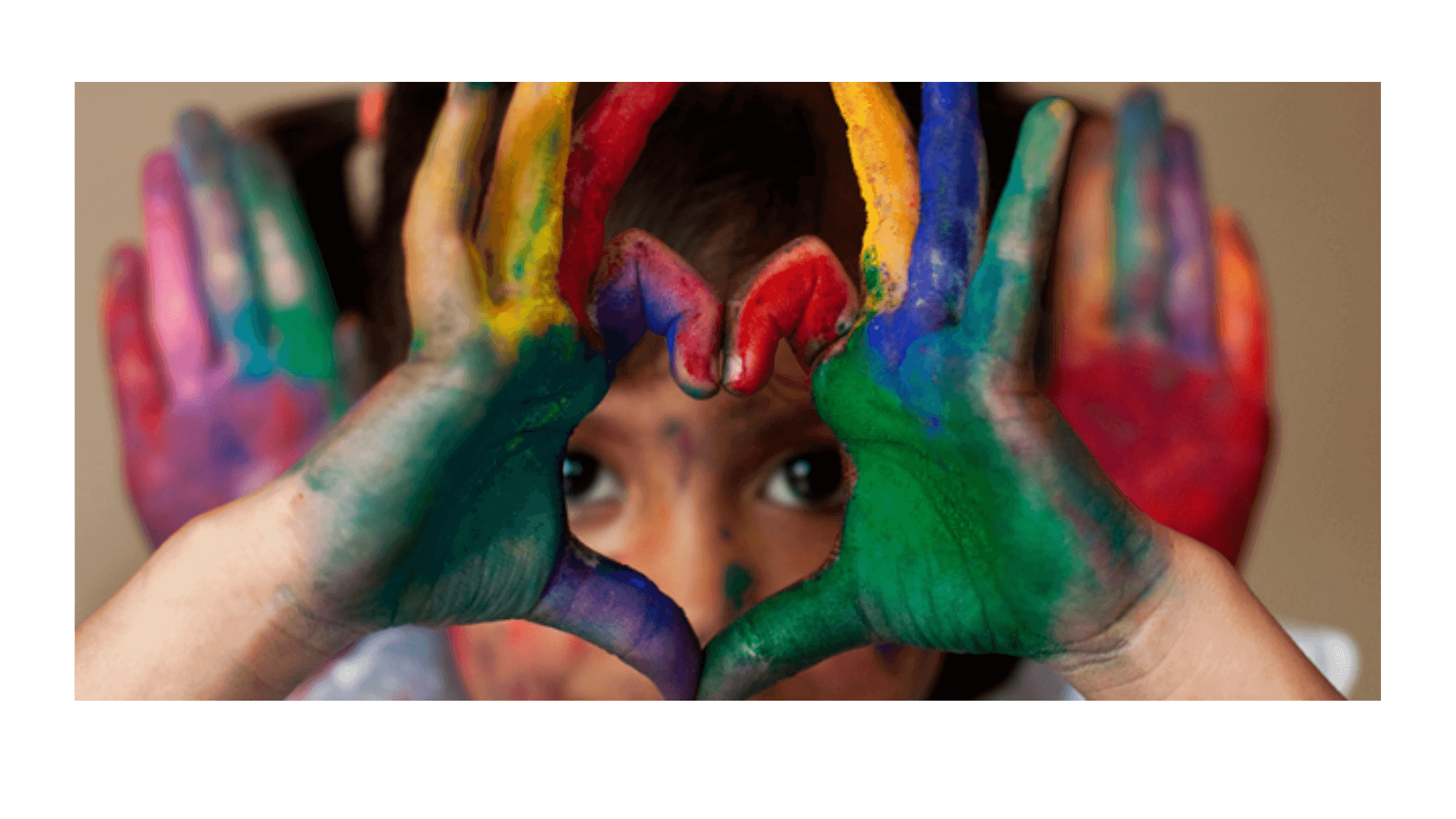Contents
- History of Art and its Purpose
- Art as a means of communication and expression
- Art as a tool for social and political change
- The Therapeutic and Cognitive Values of Art
- Art as a cultural and historical record
- Art: Its Aesthetic Value and Experiential Value
- Art and Education: The Impact on the Economy
- The Future of Art – Technological Innovations & Digital Art
- The conclusion
Since the dawn of civilization, art has played a vital role in human society. Its functions have changed over time. This article explores the many purposes of art. It examines its impact on emotions and cognition in humans, as well as its cultural and historical significance.
History of Art and its Purpose
Art has always reflected the human condition, from prehistoric cave drawings to modern digital installations. Art has always been used as a way of communicating, telling stories, and documenting history. Art was used in ancient times to portray religious narratives, historic events, and social norms. The murals in ancient Egypt, for example, depicted not only daily life but also the beliefs of the people. Greek and Roman sculptures also captured ideals such as beauty, heroism and mythology.
Art evolved with society. Art became a vehicle for humanism during the Renaissance. Leonardo da Vinci, Michelangelo and other artists pushed the limits of artistic technique to create works that focused on human emotion and experience. During the Enlightenment, art was expanded to include political and social commentary. Artists used art to criticize societal structures and advocate change.
Art as a means of communication and expression
Art is a way to communicate feelings and ideas that are difficult to convey through words. Art is a way to communicate across linguistic and cultural boundaries, and it can help people of different backgrounds connect and understand one another. Artists can express their emotions and perspectives through art, whether it’s visual arts, music or literature.
Visual art can, for instance, evoke many emotions by using color, composition, and form. Abstract works by artists such as Wassily Kandinsky or Jackson Pollock encourage viewers to interpret their meanings and experiences based on personal feelings and experiences. Music can also stir emotions, tell stories and bring people closer together. Musicians like Ludwig van Beethoven, Wolfgang Amadeus Mozart and others have written timeless pieces which resonate with audiences across generations.
Art as a tool for social and political change
Art has been used for centuries as a powerful tool to bring about social and political changes. Artists use their work as a way to raise awareness, challenge the status quo and inspire action. It can be seen throughout history in a variety of movements, including the Dada movement which was a reaction to World War I and used absurdity and humor to criticize the meaninglessness of war, and the hypocrisy that characterized societal norms.
Art continued to play an important role in the 20th century. Harlem Renaissance was, for example, a cultural movement which celebrated African American culture while addressing issues of racial injustice. Langston Hughes, Duke Ellington, and other artists, writers, or musicians used their talent to bring attention to the struggles and accomplishments of African Americans.
Artists have increasingly used their platforms in recent years to raise global issues like climate change, gender inequality, and human right. Banksy is a pseudonymous artist who creates provocative, politically charged art that criticizes consumerism, war and government policies. Banksy uses public installations and graffiti to engage a large audience and start conversations about important social issues.
The Therapeutic and Cognitive Values of Art
Art has many therapeutic and cognitive benefits. It has been proven that engaging in artistic activities improves mental health, cognitive function and overall well-being. Art therapy is one form of psychotherapy which uses creative processes to assist individuals in expressing their emotions, reducing stress and improving self-esteem.
Art can be a way to meditate and reflect, and allow individuals to explore thoughts and emotions without judgement. It is especially beneficial to those who are dealing with anxiety, depression, or trauma. Making art can give you a sense purpose and accomplishment, which will help to build emotional resilience.
Appreciating art has cognitive benefits as well. According to studies, engaging with art improves critical thinking, increases attention to detail and encourages creativity. Art encourages people to find and interpret meaning. This can help improve cognitive flexibility and problem-solving skills.
Art as a cultural and historical record
Art is a cultural and historical document that preserves the values, beliefs and experiences of various societies over time. Historians and anthropologists gain insight into the lives and times of past people by studying art from different periods and regions. Artifacts such as sculptures, paintings and other art forms provide information on historical events, religious practices and social structures.
The cave paintings in France, such as those of Lascaux, offer an insight into the early human life, showing scenes of daily activities and hunting. These ancient paintings reveal how important animals were to prehistoric humans and their relationship with the natural world. The intricate tapestries of the Middle Ages and illuminated manuscripts also reflect the artistic and religious craftsmanship of that time.
Art plays an important role in the preservation of cultural heritage and identity. Indigenous art is a good example. It carries stories, traditions and spirituality from native communities. Aboriginal art, in Australia, with the distinctive dot painting and symbol representations is a testimony to the rich culture of the Aboriginal people. By celebrating and preserving these artistic traditions, we can help societies maintain a sense if continuity and identity.
Art: Its Aesthetic Value and Experiential Value
Art’s aesthetic value is also a significant reason that has been recognized throughout history. Art can captivate and inspire. It can also evoke a feeling of wonder. Beauty, whether it is in a painting or sculpture, as well as in music compositions, can be deeply moving and transformative. Aesthetic appreciation is an emotional and intellectual reaction to the harmony and balance of artistic works.
Art is a sensory experience which can transport people to different places, times and emotions. Contemporary artists such as Yayoi Kushma and James Turrell have created immersive installations that engage the senses and allow viewers to interact with art.
The aesthetic value of art does not only apply to traditional forms, but also to everyday objects and designs. In architecture, fashion and product design, the principles of art, such as color, composition, and form, are applied to enhance our visual and functional daily life. Art and design are integrated into everyday objects to add beauty and meaning, and enrich our lives.
Art and Education: The Impact on the Economy
The art market has a significant impact on the economy and education. Art, including galleries, art auctions and art fairs contributes to global economic growth by creating revenue and jobs. The art market, which includes galleries, auctions, and art fairs, plays a vital role in shaping the economic and cultural landscape. Art tourism has been a result of the commercialization of art. People travel to museums, galleries and cultural events to see art. This helps to boost local economies.
Art education is a powerful tool in the educational arena. It fosters critical thinking, creativity, and cultural awareness. Incorporating art into the classroom encourages students explore different perspectives, develop their visual literacy and express themselves in a creative way. Art education promotes interdisciplinary teaching, linking concepts from history and literature to science. Students can gain a better understanding of their world by engaging in art.
The Future of Art – Technological Innovations & Digital Art
Art and technology continue to change as technology advances. Digital art and new media have expanded artistic expression and interaction. Digital art includes a variety of techniques, such as computer-generated images, interactive installations and virtual reality. Artists are exploring the possibilities of artificial intelligence, Blockchain, and other emerging technology to create innovative, boundary-pushing work.
Digital technology has also made art more accessible to a wider audience, as it allows people to share and create art online. Art has become more accessible for a global audience thanks to social media platforms, virtual exhibitions, and online galleries. This increased access has led to new forms artistic collaboration and community building, where artists and art lovers can connect and share work across geographic boundaries.
The integration of technology in art has also raised questions regarding the nature of authorship, creativity, and the role played by the artist. Artificial intelligence is becoming more sophisticated and blurring the lines between machine-generated and human-generated art. This has led to discussions on originality and artistic intention. These technological advances challenge our traditional ideas of art, and encourage us to reconsider the purpose of it in a world that is rapidly changing.
The conclusion
Art has many purposes and is always evolving. Art is a way of communicating, expressing, and affecting social change. It also offers therapeutic and cognitive benefits, while preserving historical and cultural records. Art has aesthetic and experiential values, influences the economy and education and continues to innovate with technological advances. Art’s enduring power lies in its ability connect us with our shared humanity, to inspire us to feel and think deeply, and to enrich our lives in many ways. The purpose of art is set to continue expanding as we progress, expressing the complexity and aspirations in the human spirit.










